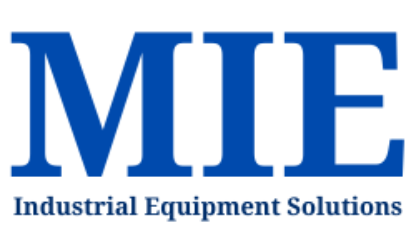Composite Laser Welding Head

Advantages of Composite Laser Welding Head
Speed and flexibility
Composite laser welding head is a very fast technique. Depending on the type and power of laser used, thin section materials can be welded at speeds of many metres a minute. Lasers are extremely suited to working in high productivity automated environments.
Improved process control
With multiple laser sources integrated into a single head, composite laser welding heads offer improved process control and precision. Operators can fine-tune parameters such as beam intensity, spot size, and focal length to achieve precise weld geometries and minimize defects.
Low distortion and low heat input
Lasers produce a highly concentrated heat source, capable of creating a keyhole. Another advantage resulting from this low heat input is the narrow width of the heat affected zones either side of the weld, resulting in less thermal damage and loss of properties in the parent material adjacent to the weld.
Increased productivity
The versatility and efficiency of composite laser welding heads contribute to increased productivity in manufacturing processes. By optimizing welding parameters for each specific application, operators can achieve faster cycle times, higher throughput, and reduced downtime.

How Does Composite Laser Welding Head Work?
The process of composite laser welding head involves heating and melting the materials to be joined with a high-energy laser beam. The material is heated to the point of melting when the laser beam is concentrated onto the weld joint. The molten material solidifies along the path of the laser beam, creating a sturdy weld. An automated system overseeing the procedure ensures precise control over the welding parameters. Fast and precise welding is possible with little distortion and a small heat-affected zone due to the laser beam’s concentrated heat source.
How Do Environmental Factors Like Temperature and Humidity Affect Composite Laser Welding Head?
Composite laser welding head processes can be significantly impacted by environmental factors like temperature and humidity. High temperatures have the potential to degrade the quality of a weld by causing thermal distortion and affecting the material’s properties. Humidity has the potential to cause the weld zone to become porous and weaken the joint. Although these problems are not unique to plastics, they are usually more obvious in plastic welding due to the material’s sensitivity to heat and moisture. High humidity levels can also bring moisture into the welding area, absorbing laser energy and reducing welding efficiency. It is possible to implement cooling systems or temperature-controlled environments to maintain steady operating conditions to overcome these difficulties.
Application of Composite Laser Welding Head
Composite laser welding heads are used in automotive manufacturing for welding various components such as body panels, chassis assemblies, and exhaust systems. They offer precise control and versatility in welding different materials used in vehicle construction.
Composite laser welding heads find applications in the aerospace industry for welding critical components such as aircraft fuselages, engine parts, and structural elements. They provide high-quality welds with minimal heat input, meeting the stringent requirements of aerospace applications.
They are employed in electronics production for welding microelectronic components, connectors, and housings. Composite laser welding heads offer precise control over the welding process, ensuring the integrity and reliability of electronic devices.
Composite laser welding heads are used in the fabrication of medical devices such as surgical instruments, implants, and diagnostic equipment. They provide clean and precise welds with minimal heat-affected zones, meeting the strict quality standards of the medical industry.
They find applications in tool and die making for repairing and modifying molds, dies, and tooling components. Composite laser welding heads offer versatility and efficiency in welding various tooling materials, extending the service life of critical manufacturing tools.
